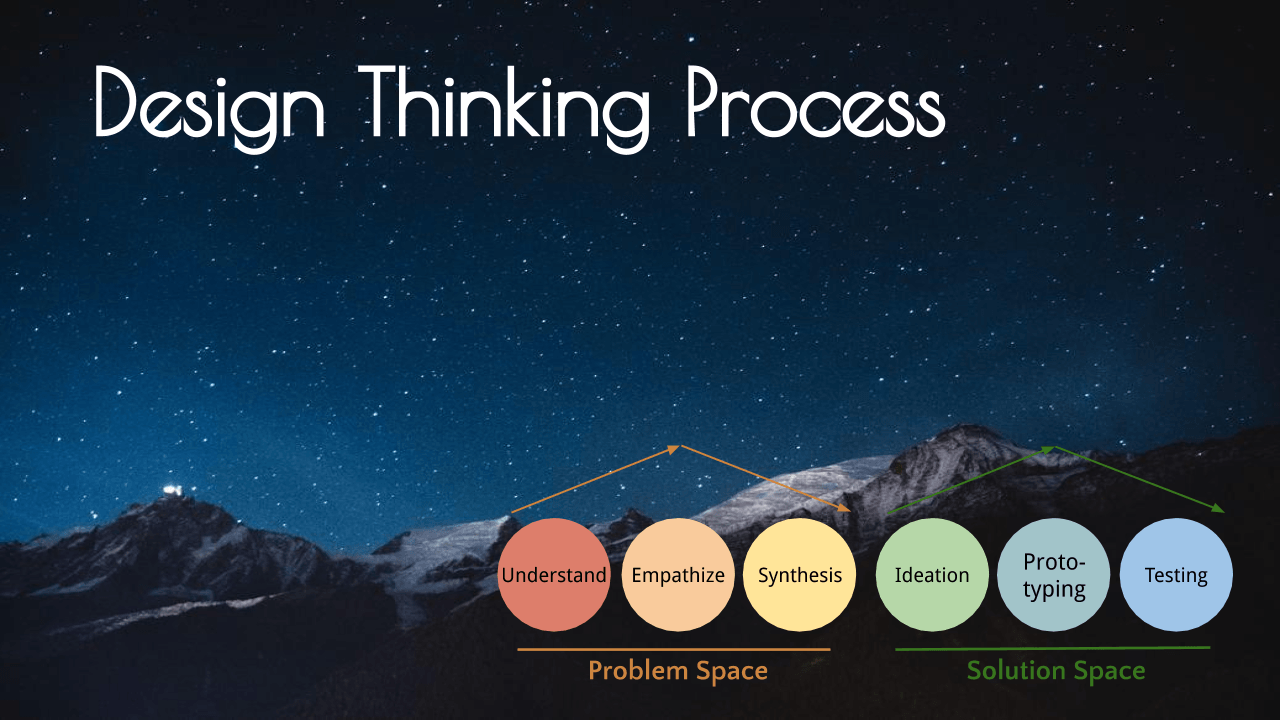Second stage: The particularly valuable work is done in the second stage of Design Thinking: Empathize (here’s an overview of the Design Thinking Process). It’s about finding out the needs, fears, perceptions and emotions of the people involved in the Design Thinking Challenge.
After defining the key stakeholder groups in the first stage, „Understand„, it’s time to find out more about them. The focus is always on the future users of the idea, but also on the other groups such as partners, colleagues and employees.
Got your interest? Click here for our integral open Design Thinking Workshop in Berlin (read more).
We often have a picture in our mind about how other people are. But this rarely corresponds to the experience of the other person. An Indian proverb says:
“Never criticize a man until you’ve walked 1000 miles in his moccasins.” (Wisdom from North America)
If the 1000 mile moccasin gear is not an option, the following approaches will help.
The 3 main ways to build empathy
- Holding an interview. Ask the people! About their personal experiences, thoughts, feelings. The goal of the question is to get concrete stories and find out the needs of the people.
- Field research by observation. How do people move in a certain environment? Which items and which symbols are important?
- Simulation. Act like the people! Imitate the language, the movements, the attitude. This is as effective as 1000 miles in moccasins.
- Levels of Human Communication
Many interpersonal issues are dealt with on the surface level, although the true reasons are deeper. The Iceberg model and the reflection of the following levels help you to understand:
- Behavior: Things we can actually observe: words, deeds, gestures, volume of the voice …
- Thinking: Thoughts, pictures, ideas, beliefs that consciously play out in the head.
- Feeling: For many people harder to access are the emotions such as sadness, disappointment, enthusiasm, yearning …
- Needs: The source of dynamics on the other level. Most interesting in organizations: Does a person seek more affiliation or individuality? Security or change?
